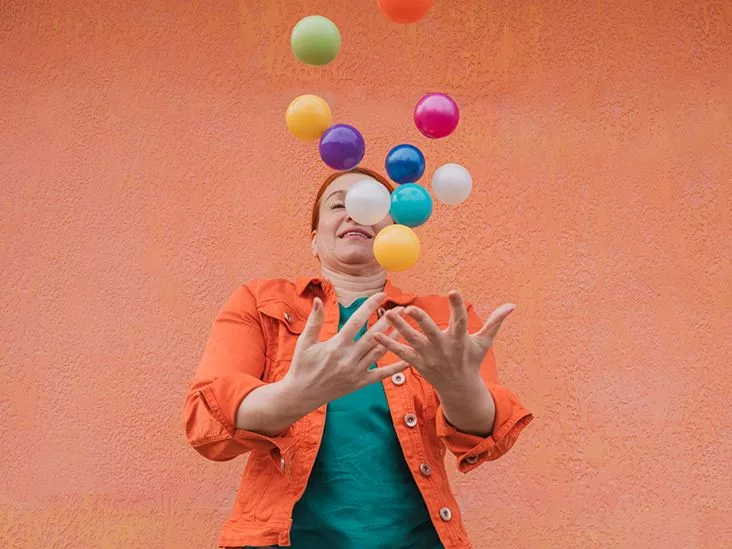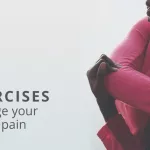Ever feel like you remember less after juggling a text, a Zoom call, and a spreadsheet? That’s the multitasking memory impact in action. In the next few minutes we’ll break down what science really says—what’s risky, what’s harmless, and how you can keep your brain sharp while still getting things done.
What Is Multitasking?
Definition: Is it really doing two things at once?
Most of us think “multitasking” means doing several things simultaneously, but neuroscientists call it task‑switching. Your brain flips between streams, and each flip costs a little bit of mental bandwidth.
Types of Multitasking
There are three common flavors:
- Media multitasking – scrolling TikTok while listening to a lecture.
- Cognitive multitasking – solving a math problem while planning dinner.
- Physical multitasking – cooking while on a conference call.
Quick Reference: Benefits vs. Risks
| Type | When It Helps | When It Hurts |
|---|---|---|
| Media | Background music during routine chores | Learning new material or reading complex articles |
| Cognitive | Simple check‑lists while waiting | Problem‑solving, decision‑making |
| Physical | Walking while talking on speakerphone | Driving or operating machinery |
Why the distinction matters
According to a Stanford study on heavy multitaskers, those who constantly switch media streams perform worse on simple memory tasks. Knowing which tasks are “automatic” versus “cognitively demanding” is the first step to protecting your memory.
Working Memory Costs
What Happens to Short‑Term Storage?
Working memory is your mental “scratchpad.” When you juggle emails, texts, and a spreadsheet, that pad gets crowded. Research shows heavy media multitaskers (HMMs) score lower on n‑back and digit‑span tests, indicating a reduced capacity to hold information moment‑to‑moment.
Key Findings (bullet style)
- Reduced capacity: HMMs hold fewer items in working memory (Uncapher et al., 2016).
- Distractor overload: Increased impulsivity lets irrelevant stimuli invade the workspace.
- Neural marker: Higher posterior alpha power predicts attention lapses and poorer recall (Nature paper on pupil size).
Why It Feels “Foggy”
Imagine trying to remember a grocery list while a pop‑up ad blares. Your brain must constantly erase the previous item to make room for the next, leaving a faint trail that quickly fades. That’s the brain’s way of saying “I’m overloaded.”
Long‑Term Memory Fallout
Does the Damage Stick?
Short‑term hiccups can snowball. When working memory is compromised, the brain struggles to encode memories for the long term. In other words, a shaky “scratchpad” means the story you’re trying to write can’t be saved properly.
Research‑backed points
- Lower retention: Working‑memory deficits predict poorer episodic recall (Psychonomic Bulletin & Review, 2016).
- Discriminability loss: Heavy multitaskers remember fewer details, not because of bias but because the memory trace is weaker.
- Pupil‑size correlation: Smaller pre‑task pupil dilation forecasts lower recall performance (Stanford Nature study).
Real‑World Example
Say you’re studying for a mid‑term while checking Twitter every minute. A typical finding shows a 30 % drop in retained facts compared with studying in a distraction‑free zone. The more you flip, the more you forget.
Age & Dual‑Task Interference
Do Seniors Suffer More?
Older adults start with a lower baseline memory capacity, but the extra “cost” of multitasking—called dual‑task interference (DTi)—appears surprisingly stable across ages. A 2022 study of 252 participants aged 50‑89 found that while overall performance dropped linearly with age, the relative penalty for adding a second task stayed the same.
Implications
This means even modest multitasking can push seniors over the cognitive‑load threshold, making everyday tasks feel exhausting. For younger folks, the same multitasking might feel merely inconvenient rather than debilitating.
Read more about the aging findings here.
When Multitasking Helps
Safe Contexts
Not all multitasking is a villain. When one of the tasks is highly automatic—like folding laundry while listening to a favorite podcast—your brain can handle it with minimal memory loss.
Guidelines for “Healthy” Multitasking
- Make one task automatic. Repetition trains the brain to run it in the background.
- Avoid visual‑auditory overlap. Don’t read an article while driving.
- Use timer‑based chunks. 25‑minute focused work blocks (Pomodoro) followed by a brief multitask break.
Check‑list for Self‑Audit
- Is the secondary task something I can do on autopilot?
- Will missing a detail cost me (e.g., legal documents, medical info)?
- Do I feel mentally drained after the combo?
Protect Your Memory While Staying Productive
Neuroscientist‑Approved Strategies
Here are a few tricks that research‑backed experts swear by:
- Single‑task windows. Carve out 5‑minute “no‑interrupt” periods; your brain consolidates memory during these micro‑rests.
- Digital‑distraction hygiene. Turn off push notifications while learning or reading.
- Blue‑light filters. Reducing screen glare in the evening supports better sleep, which in turn boosts memory consolidation.
Quote Box
“Your brain isn’t a switchboard; it’s a storyteller. When you jump between stories, the plot gets lost.” – Anthony Wagner, Stanford Memory Lab
Tools You Might Like
Consider spaced‑repetition apps (like Anki) for facts, or a simple timer app to enforce single‑task windows. Even a plain notebook can serve as a “focus cue” when you write “Do not disturb” on the top of the page.
Real‑World Stories & Personal Anecdotes
Case 1: Emma’s Exam Crash
Emma, a sophomore, habitually answered instant messages while reviewing lecture slides. After a semester of juggling, her quiz scores slipped 22 %. She tried a 30‑minute “phone‑free” study block each day and saw her average climb back up within two weeks.
Case 2: Remote Team’s “No‑Meeting Mornings”
A marketing team swapped early‑day meetings for a silent‑work hour. Within a month, their project recall accuracy improved by 15 %, and they reported feeling less mentally exhausted.
Try It Yourself
Set a one‑week experiment: track the number of times you switch tasks during a 2‑hour work session, then take a short recall test (e.g., list 10 items you just read). Compare the “multitask heavy” day with a “single‑task” day. You’ll likely see the difference in your own brain.
Key Takeaways Summary
Can I Ever Multitask Without Hurting Memory?
Yes—if the secondary activity is automatic and you keep the primary task cognitively demanding. The rule of thumb: one “brain‑heavy” task + one “mindless” task.
What’s the Biggest Myth?
The idea that the brain can simultaneously hold two complex streams is a myth. Every switch costs a tiny fragment of information.
How Fast Can I Bounce Back?
Studies show measurable working‑memory gains after just 2‑4 weeks of focused, single‑task practice.
Conclusion
We’ve uncovered why the multitasking memory impact is real, how it sneaks into both working and long‑term memory, and what you can do right now to protect your brain while still getting things done. Remember, the goal isn’t to become a monk of focus—just to be smarter about when and how you split attention. Give one of the strategies above a try this week and notice the difference. Have you already found a multitasking habit that works for you? Share your experience in the comments, or ask any lingering questions—I’m happy to chat!


















Leave a Reply
You must be logged in to post a comment.